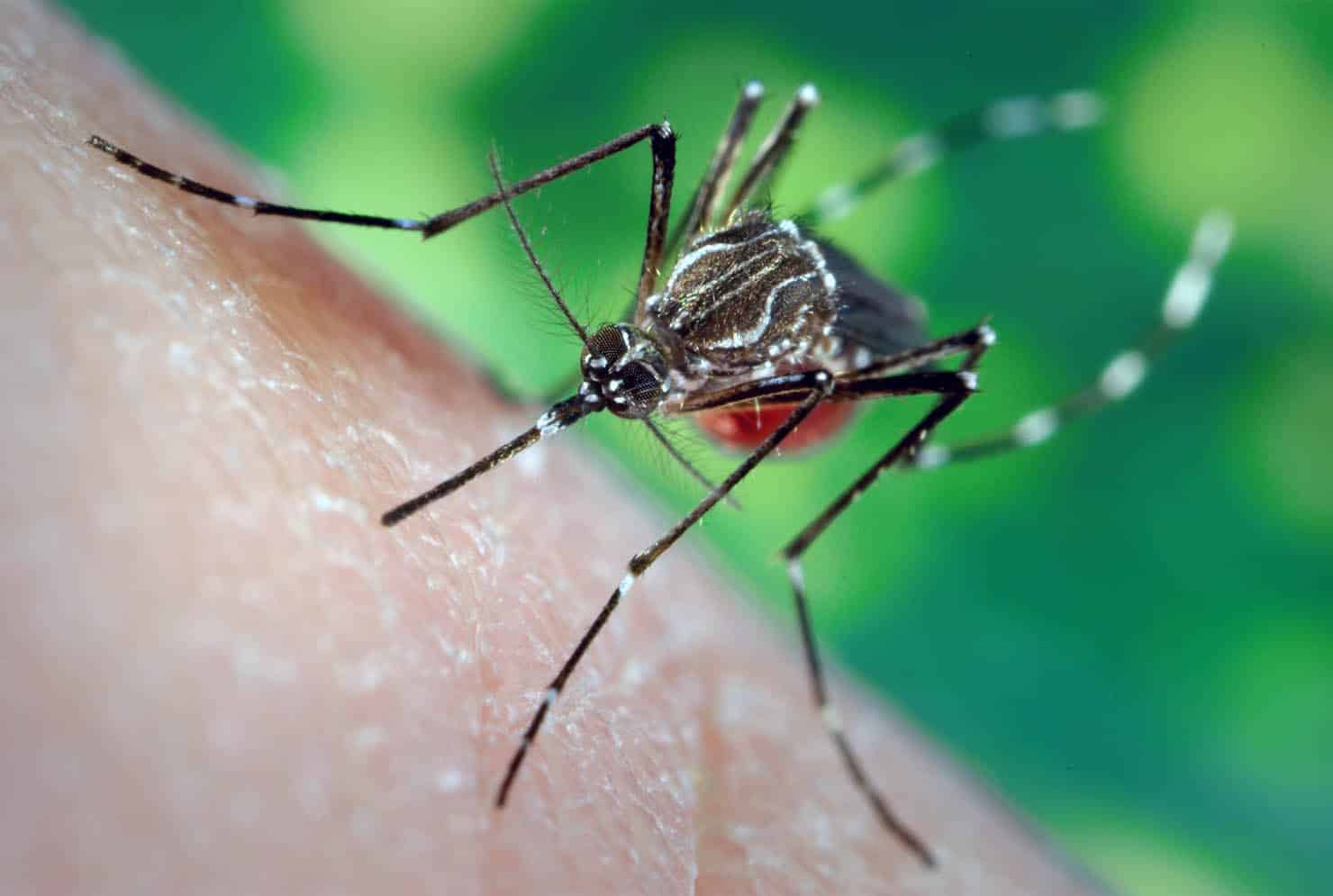Scientists Map Druggable Targets in Malaria Parasite
Malaria is a deadly disease with no effective vaccine. Physicians thus depend on antimalarial drugs to save lives, but such compounds are often rendered ineffective when parasites evolve resistance.
Approximately 75 percent of malaria cases stem from Plasmodium falciparum, a single-celled, microscopic parasite that confers one of deadliest forms of this infection to victims who fall ill, in part because it is turning out be resistant to most anti-malarial drugs we prescribe to fight infection. Characterizing why exactly this parasite is so impervious to modern medicine would go a long way to helping public health officials save the thousands who die from malaria every year.
In this direction, scientists at the University of California San Diego School of Medicine, have used whole genome analyses and chemogenetics to identify new drug targets and resistance genes in 262 parasite cell lines of Plasmodium falciparum — protozoan pathogens that cause malaria — that are resistant to 37 diverse antimalarial compounds.
“Our findings showed and underscored the challenging complexity of evolved drug resistance in P. falciparum, but they also identified new drug targets or resistance genes for every compound for which resistant parasites were generated,” senior author Elizabeth Winzeler, a pharmacology and drug discovery researcher at UCSD
, said in a statement.“A single human infection can result in a person containing upwards of a trillion asexual blood stage parasites,” said Winzeler. “Even with a relatively slow random mutation rate, these numbers confer extraordinary adaptability. In just a few cycles of replication, the P. falciparum genome can acquire a random genetic change that may render at least one parasite resistant to the activity of a drug or human-encoded antibody.”
Such rapid evolution poses significant challenges to controlling the disease, said researchers, but it can also be exploited in laboratory studies to document precisely how the parasite evolves in the presence of known antimalarials to create drug resistance. It also can be used to reveal new drug targets.
The team analyzed the parasite genomes alongside 58 published sequences, representing parasites resistant to a dozen drugs, to narrow in on more than 1,900 SNPs and small insertions or deletions in the core P. falciparum genome and beyond. In the core genome, resistance appeared to stem from 148 non-synonymous mutations and 159 copy number variants — including several gene amplifications — affecting 83 parasite genes.

By taking a closer looks at the genome, the researchers were able to identify new as well as previously known resistance mechanisms. By bringing in protein structure data, metabolomic profiles, and other information, the group used the mutation information from the resistant clones to search for new drug target candidates.
“This exploration of the P. falciparum resistome — the collection of antibiotic resistance genes — and its druggable genome will help guide new drug discovery efforts and advance our understanding of how the malaria parasite evolves to fight back,” Winzeler said.
“These results provide a key link to understanding how malaria parasites respond metabolically to drug pressure in the short term,” said Manuel Llinás, professor of biochemistry and molecular biology at Penn State, “and they also allow us to connect how this pressure is relieved through genomic mutations that lead to resistance in the parasites. This knowledge could aid in the design of future antimalarial drugs that may slow the development of resistance.”






























